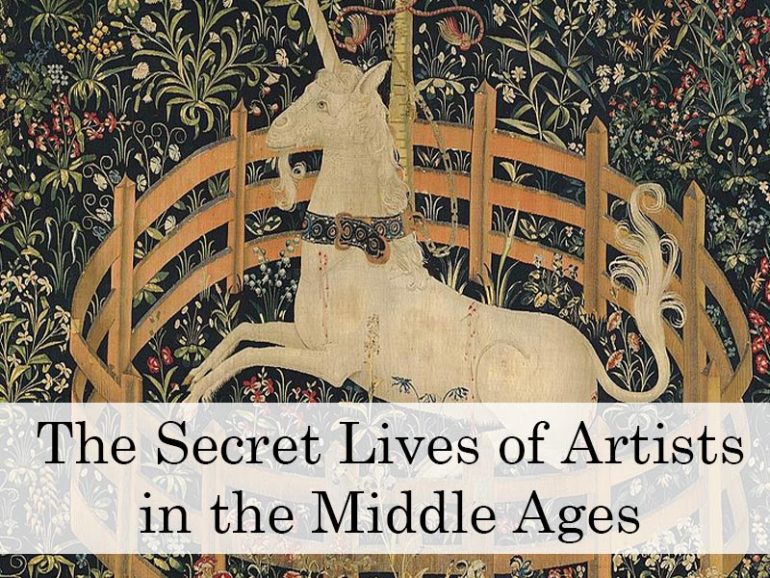The Middle Ages, spanning roughly from the 5th to the 15th century, was a fascinating period of artistic development. While often overshadowed by the Renaissance, the Middle Ages laid the foundation for much of Western art. But what about the artists themselves? Far from being solitary geniuses, medieval artists lived structured, often anonymous lives, creating works not for fame but for religious and communal purposes.
Who Were Medieval Artists?
Unlike today, artists in the Middle Ages were rarely seen as individuals with personal styles. They were craftsmen, often working in guilds or religious institutions, creating art primarily for the Church, royalty, or wealthy patrons. Key characteristics of medieval artists include:
- Anonymity: Most medieval works are unsigned, with the focus on the message, not the creator.
- Collaborative Work: Artists often worked in teams, with apprentices learning from masters.
- Practical Skills: Artists were highly skilled in multiple crafts, from painting to sculpture to manuscript illumination.
Their lives revolved around discipline, devotion, and the service of their communities. Here are five notable examples that highlight the work of medieval artists and the diverse forms their art took.
1. The Bayeux Tapestry (11th Century)
Not strictly a tapestry but an embroidered cloth, the Bayeux Tapestry is a monumental piece of medieval storytelling. Spanning nearly 70 metres, it depicts the events leading up to the Norman Conquest of England in 1066. Created by skilled embroiderers, it combines art and history with incredible detail.
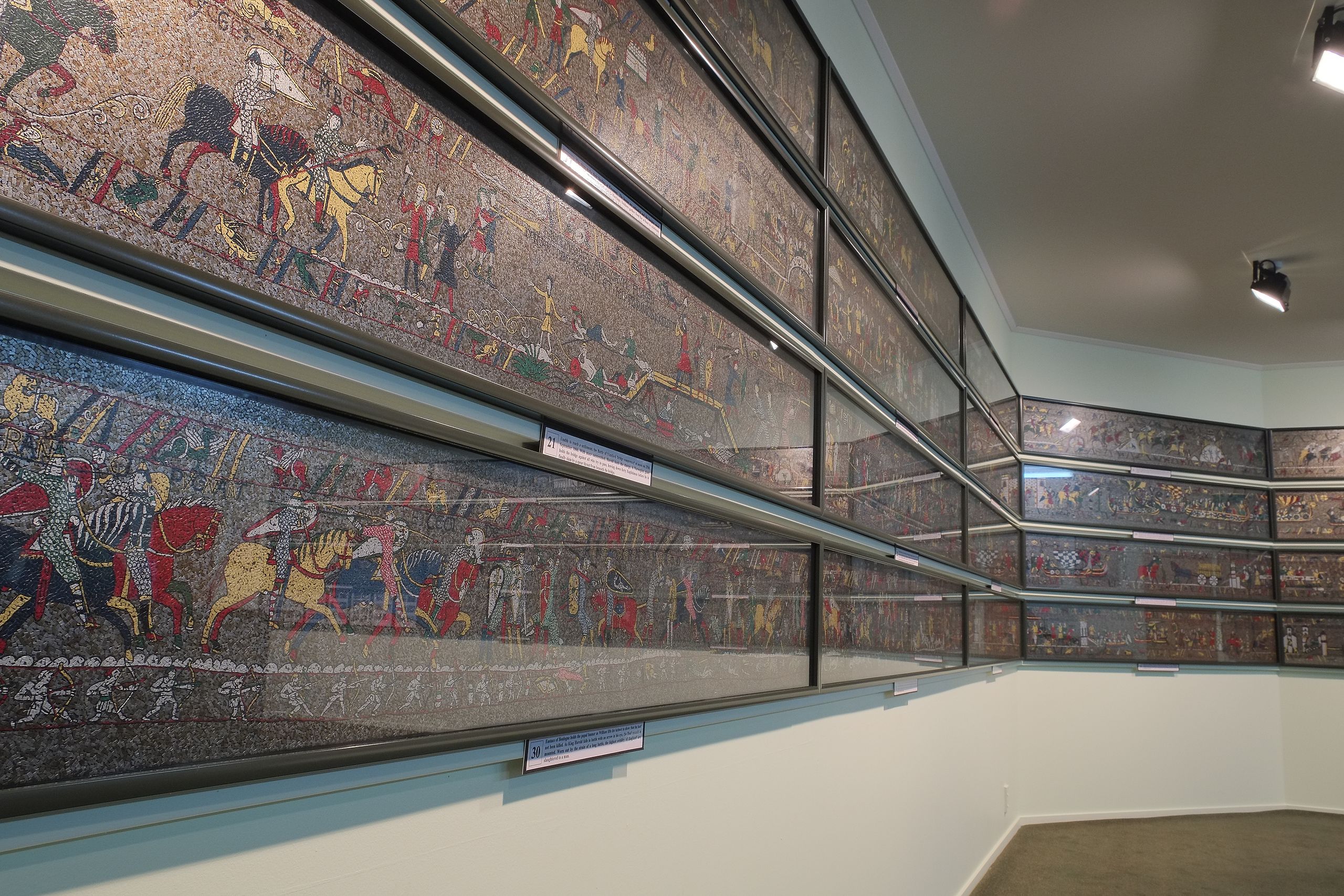
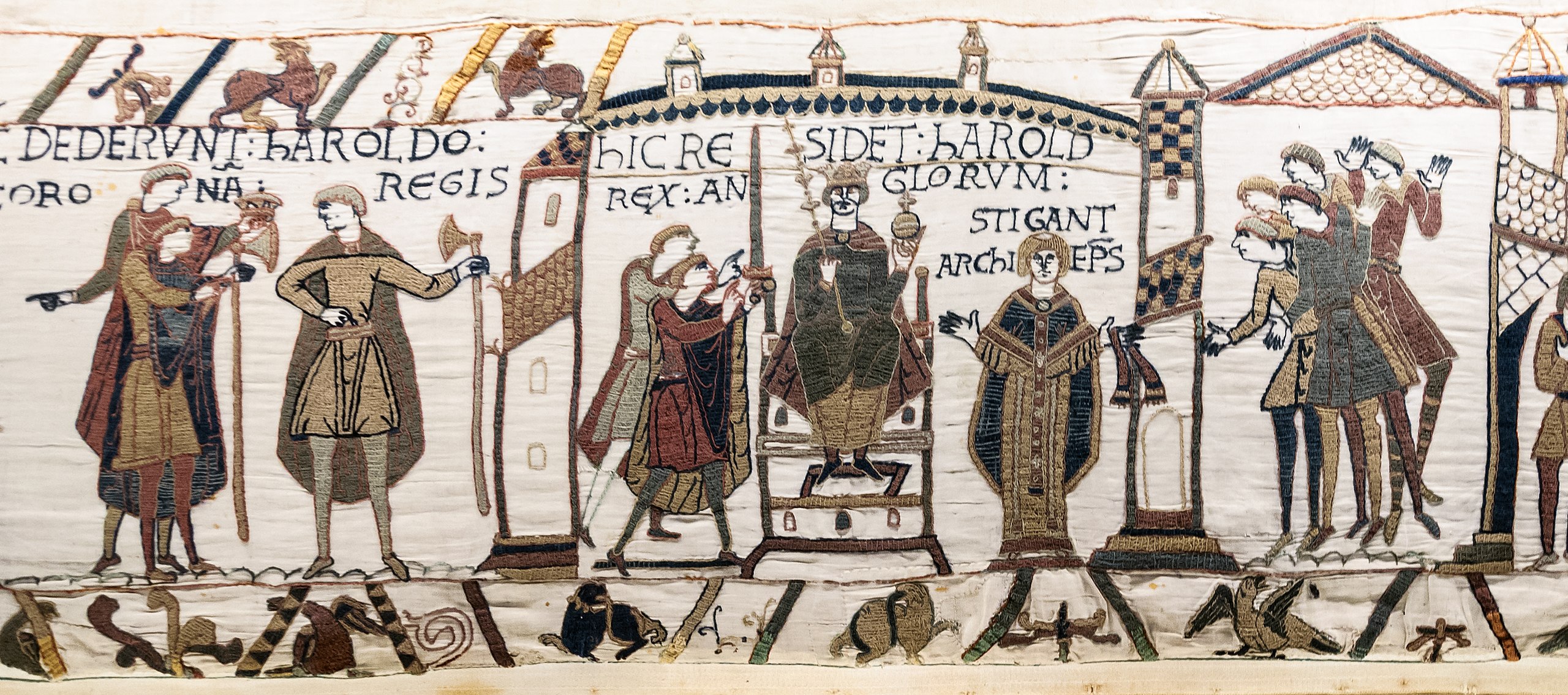
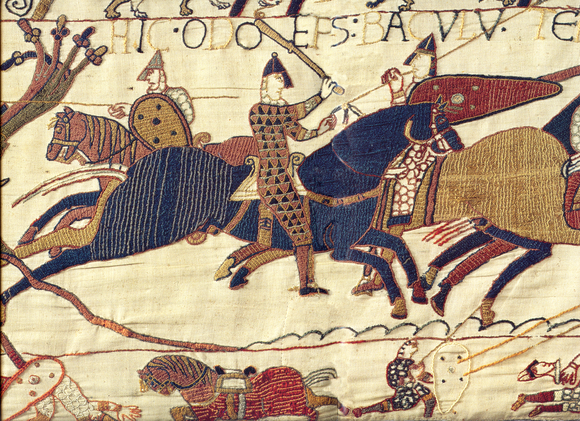
2. The Book of Kells (c. 800)
This illuminated manuscript, created by Celtic monks, is a masterpiece of medieval art. It contains the four Gospels, lavishly decorated with intricate patterns, animals, and religious symbols. The vibrant colours and extraordinary detail showcase the dedication of its creators.
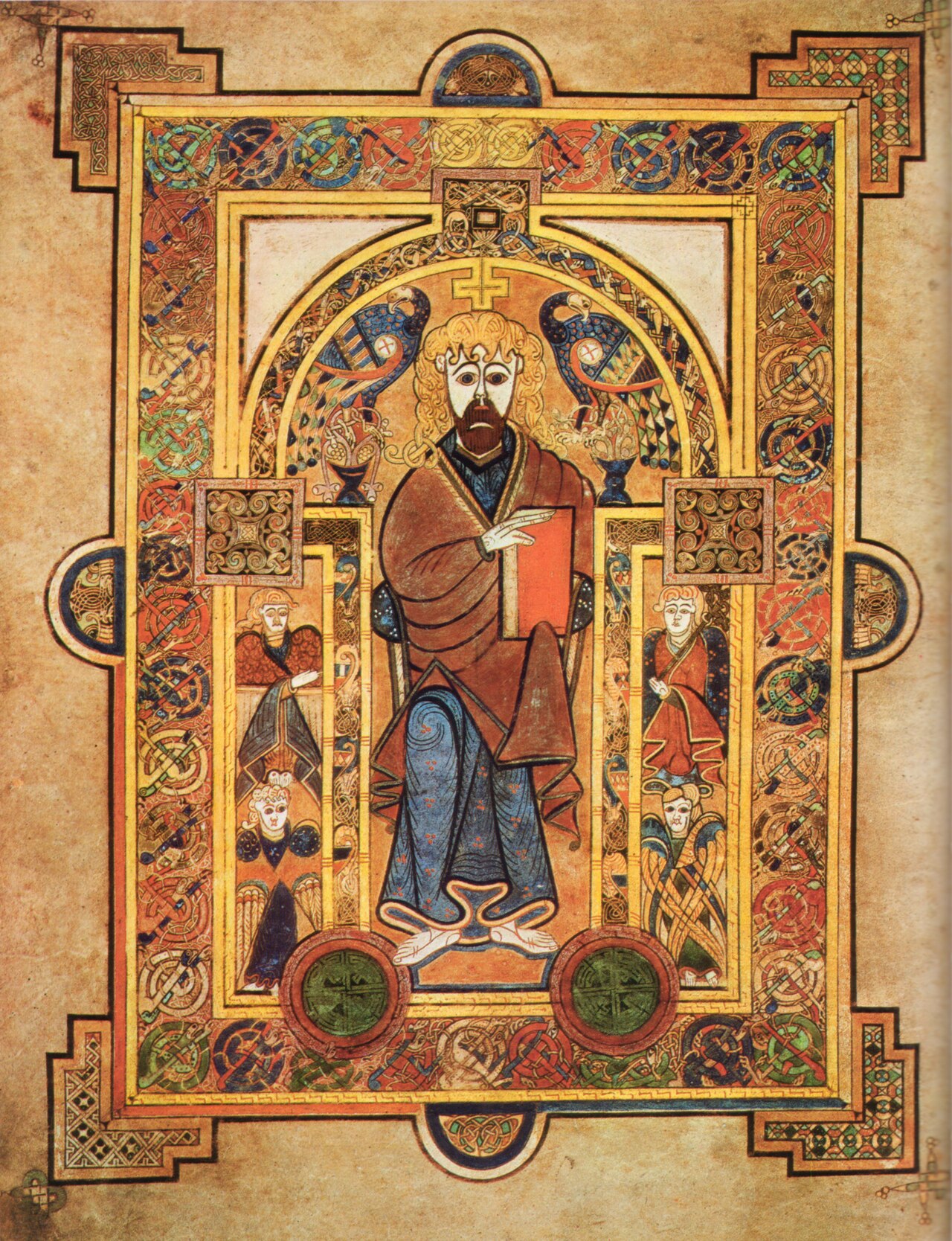
3. Chartres Cathedral (12th–13th Century)
Medieval architecture was a collaborative effort involving masons, sculptors, and stained-glass artists. The Chartres Cathedral in France is famous for its stunning stained-glass windows, which tell biblical stories with vivid colours and intricate designs. These windows remain a testament to the artistic skill of the period.
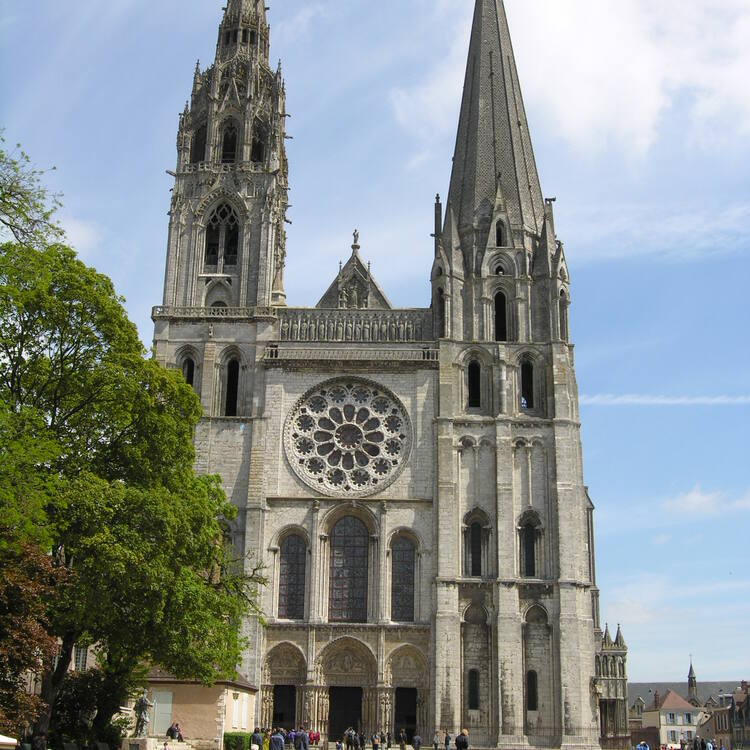
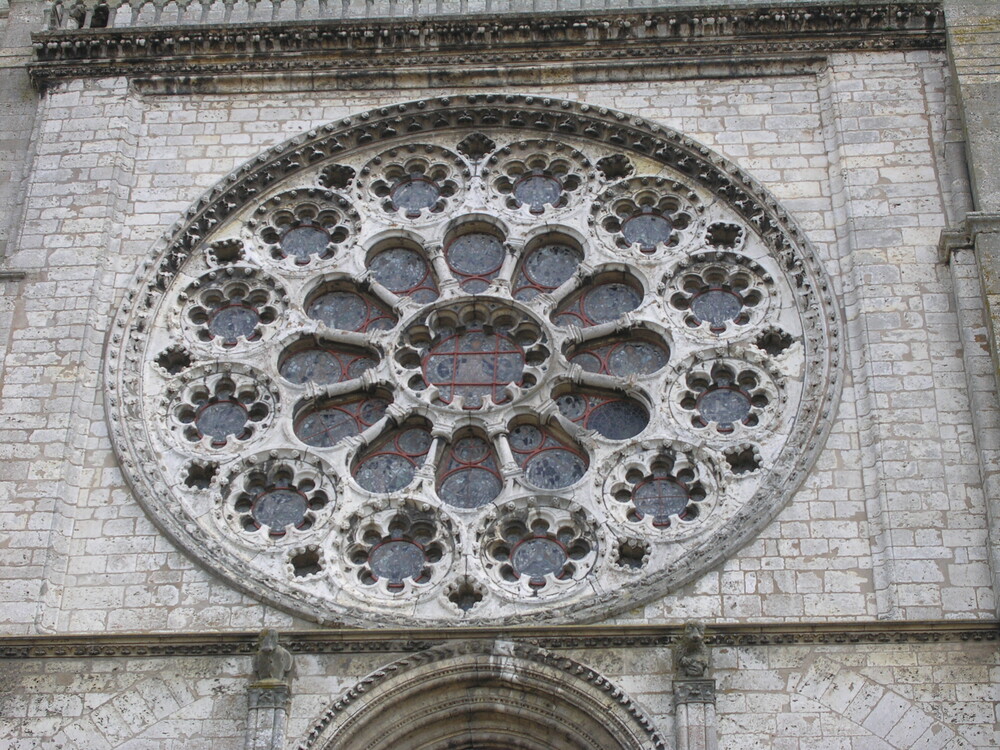
4. The Wilton Diptych (c. 1395–1399)
This portable altarpiece, created for King Richard II of England, exemplifies the detail and devotion of medieval painters. The two-panel artwork features the king kneeling before the Virgin Mary and Christ child, surrounded by angels in a heavenly realm. Its gold leaf and rich colours reflect its royal commission.
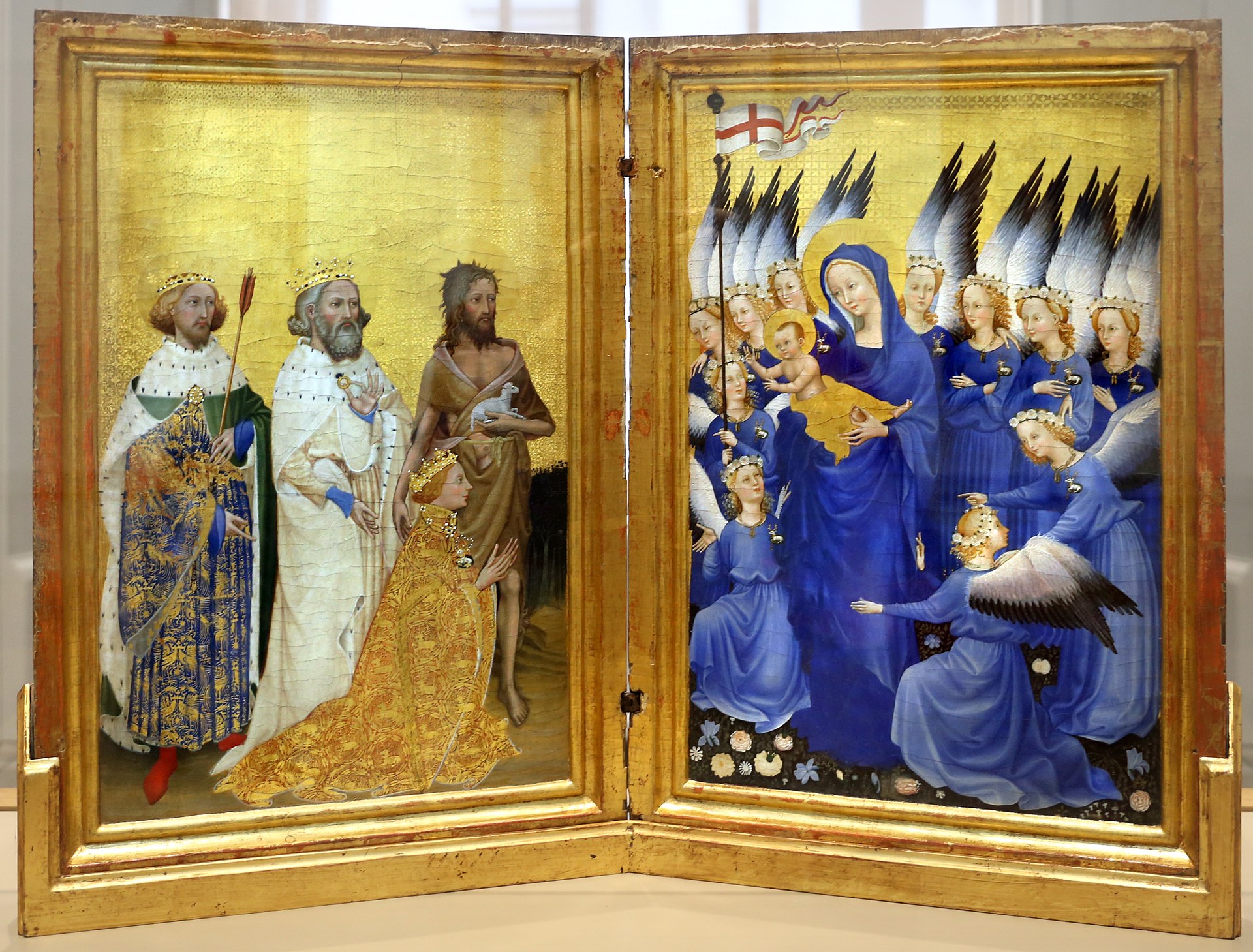
5. The Unicorn Tapestries (15th Century)
These elaborate woven tapestries depict the hunt for a unicorn, a symbol of purity and Christ in medieval symbolism. Likely created in the Netherlands or France, they demonstrate the collaborative nature of medieval art, with weavers working from detailed drawings.

What Was Life Like for Medieval Artists?
- Training and Apprenticeship
Artists typically began as apprentices in workshops, learning a variety of skills from a master. This training could last years and involved everything from mixing pigments to preparing surfaces. - Guild Membership
Guilds regulated artistic production, setting standards for quality and controlling who could practice. Membership was essential for securing commissions and protecting artists’ livelihoods. - Religious Devotion
Much of the art created during the Middle Ages was for religious purposes. Artists often worked for monasteries, where their lives were intertwined with spiritual practices. - Limited Recognition
Artists rarely signed their work. Instead, they were seen as craftsmen serving a higher purpose, whether that was glorifying God or honouring their patron.
Why Study Medieval Artists?
- Understanding the Past: Medieval art provides insight into the beliefs, values, and daily lives of people from this period.
- Appreciating Craftsmanship: The dedication and skill required to create works like the Book of Kells or stained-glass windows is awe-inspiring.
- Influence on Later Art: The techniques and traditions of medieval art influenced the Renaissance and beyond.
Further Reading
- The British Library – Illuminated Manuscripts
- The Met – Art of the Middle Ages
- Khan Academy – Medieval Art
- Victoria and Albert Museum – Medieval Tapestries
Medieval artists may not have sought personal fame, but their work endures as a testament to their talent and dedication. From illuminated manuscripts to grand cathedrals, the art of the Middle Ages reflects a world shaped by faith, craftsmanship, and a sense of collective purpose. These works continue to inspire and educate, connecting us to a time when art was a way of life.
If you would like to receive a roundup of all of our blog posts once a week to keep you inspired in your inbox, why not sign up to our newsletter. You can access our sign up at the top of our page. If you are a London Art College student and you would like your artwork featured here, drop us a line at any time.

